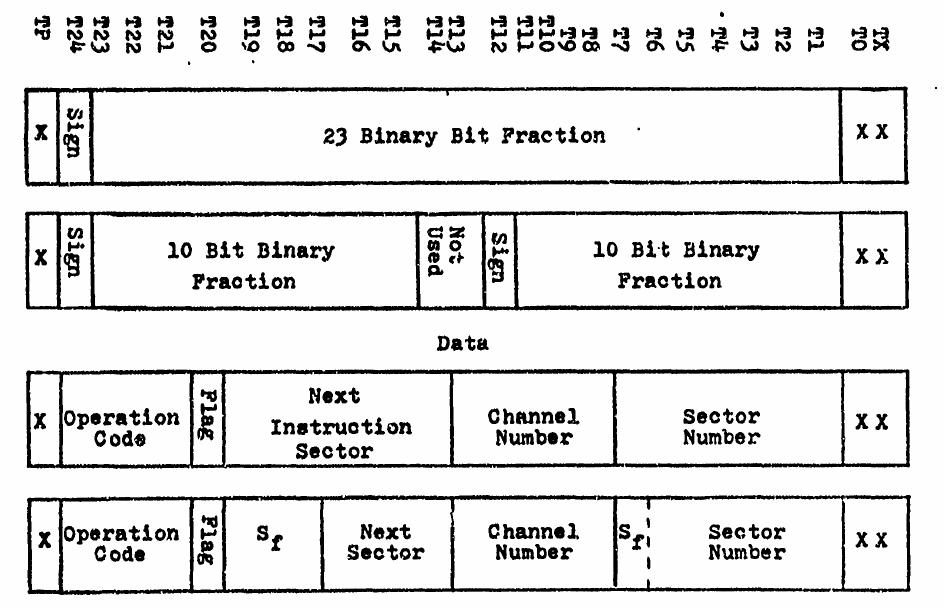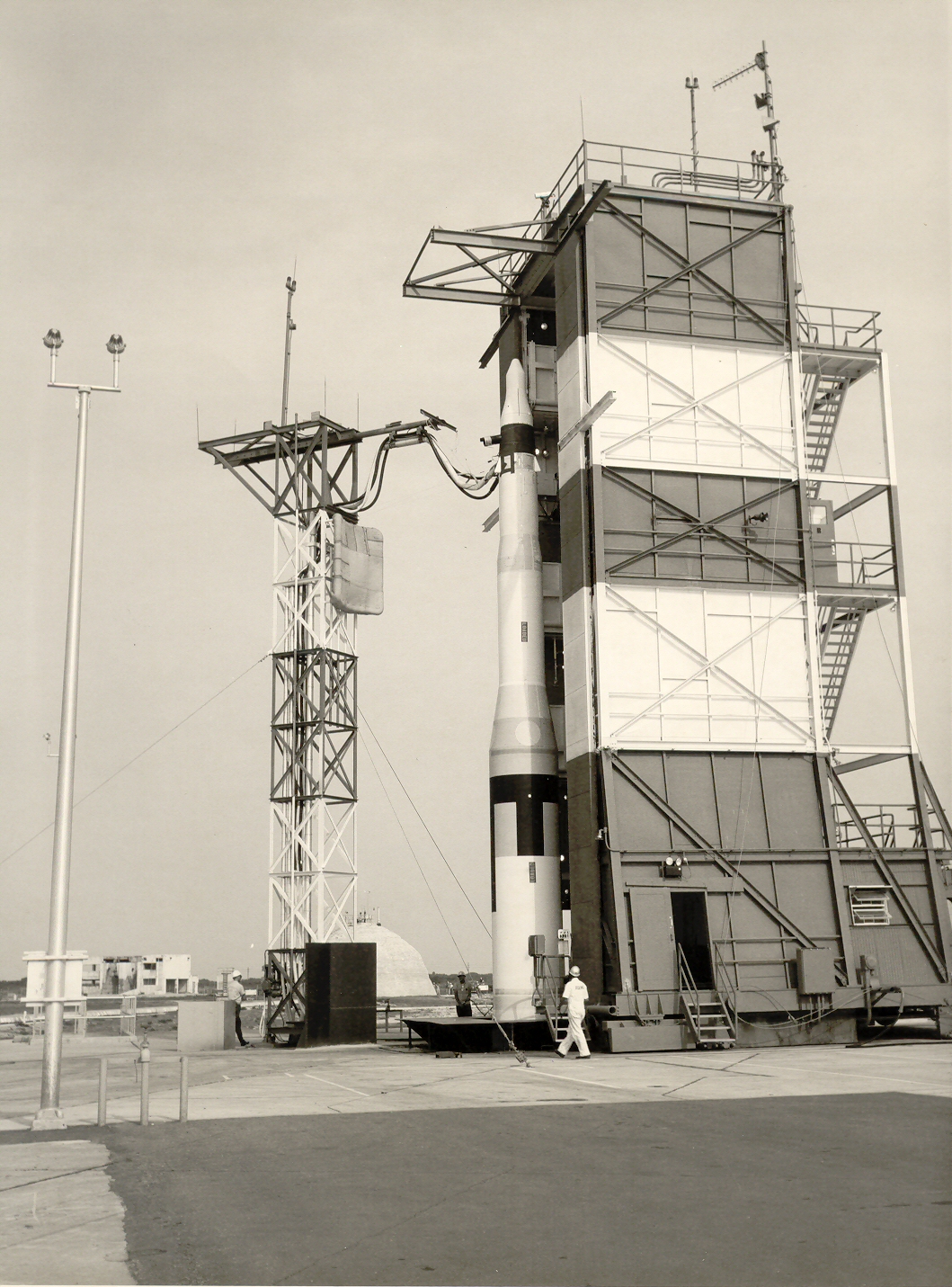|
D-17B
The D-17B (D17B) computer was used in the Minuteman I NS-1OQ missile guidance system. The complete guidance system contained a D-17B computer, the associated stable platform, and power supplies. The D-17B weighed approximately , contained 1,521 transistors, 6,282 diodes, 1,116 capacitors, and 5094 resistors. These components were mounted on double copper-clad, engraved, gold-plated, glass fiber laminate circuit boards. There were 75 of these circuit boards and each one was coated with a flexible polyurethane compound for moisture and vibration protection. The high degree of reliability and ruggedness of the computer were driven by the strict requirements of the weapons system. Design constraints High reliability was required of the D-17B. It controlled a key weapon that would have just one chance to execute its mission. Reliability of the D-17B was achieved through the use of solid-state electronics and a relatively simple design. Simpler diode logic, DRL (diode–resistor) logic ... [...More Info...] [...Related Items...] OR: [Wikipedia] [Google] [Baidu] |
D-37C
The D-37C (D37C) is the computer component of the all-inertial NS-17 Missile Guidance Set (MGS) for accurately navigating to its target thousands of miles away. The NS-17 MGS was used in the Minuteman II (LGM-30F) ICBM. The MGS, originally designed and produced by the Autonetics Division of North American Aviation, could store multiple preprogrammed targets in its internal memory. Unlike other methods of navigation, inertial guidance does not rely on observations of land positions or the stars, radio or radar signals, or any other information from outside the vehicle. Instead, the inertial navigator provides the guidance information using gyroscopes that indicate direction and accelerometers that measure changes in speed and direction. A computer then uses this information to calculate the vehicle's position and guide it on its course. Enemies could not "jam" the system with false or confusing information. The Ogden Air Logistics Center at Hill AFB has been Program Manager for ... [...More Info...] [...Related Items...] OR: [Wikipedia] [Google] [Baidu] |
Minuteman I
The LGM-30 Minuteman is an American land-based intercontinental ballistic missile (ICBM) in service with the Air Force Global Strike Command. , the LGM-30G (Version 3) is the only land-based ICBM in service in the United States and represents the land leg of the U.S. nuclear triad, along with the Trident II submarine-launched ballistic missile (SLBM) and nuclear weapons carried by long-range strategic bombers. Development of the Minuteman began in the mid-1950s when basic research indicated that a solid-fuel rocket motor could stand ready to launch for long periods of time, in contrast to liquid-fueled rockets that required fueling before launch and so might be destroyed in a surprise attack. The missile was named for the colonial minutemen of the American Revolutionary War, who could be ready to fight on short notice. The Minuteman entered service in 1962 as a deterrence weapon that could hit Soviet cities with a second strike and countervalue counterattack if the U.S. was at ... [...More Info...] [...Related Items...] OR: [Wikipedia] [Google] [Baidu] |
Autonetics
Autonetics was a division of North American Aviation that produced various avionics but is best known for their inertial navigation systems used in submarines and intercontinental ballistic missiles. Its 188-acre facility in Anaheim, California, with 36,000 employees, was the city's largest employer. Through a series of mergers, Autonetics is now part of Boeing. Origin Autonetics originated in North American Aviation's Technical Research Laboratory, a small unit in the Los Angeles Division's engineering department, in 1945. In 1946, the laboratory won an Army Air Forces contract to develop a 175 to 500 mile range glide missile. The work and the lab expanded, and by June 1948, all of the Aerophysics Laboratory was consolidated at Downey, California. The evolution of the Navaho missile program then resulted in the establishment of Autonetics as a separate division of North American Aviation in 1955, first located in Downey, moving to Anaheim, California in 1963. Divisions Autonetics ... [...More Info...] [...Related Items...] OR: [Wikipedia] [Google] [Baidu] |
Diode Logic
Diode logic (or diode-resistor logic) constructs And (logic), AND and Or (logic), OR logic gates with diodes and Resistor, resistors. An active device (vacuum tubes with control grids in History of computing hardware, early electronic computers, then transistors in diode–transistor logic) is additionally required to provide Inverter (logic gate), logical inversion (NOT) for functional completeness and Amplifier, amplification for voltage ''level restoration'', which diode logic alone can't provide. Since voltage levels weaken with each diode logic stage, multiple stages can't easily be cascaded, limiting diode logic's usefulness. However, diode logic has the advantage of utilizing only cheap passive components. Background Logic gates Logic gates evaluate Boolean algebra, typically using electronic switches controlled by logical inputs connected in Series and parallel circuits, parallel or series. Diode logic can ''only'' implement OR and AND, because Inverter (logic gate), ... [...More Info...] [...Related Items...] OR: [Wikipedia] [Google] [Baidu] |
Diode–transistor Logic
Diode–transistor logic (DTL) is a class of digital circuits that is the direct ancestor of transistor–transistor logic. It is called so because the logic gating functions AND and OR are performed by diode logic, while logical inversion (NOT) and amplification (providing signal restoration) is performed by a transistor (in contrast with resistor–transistor logic (RTL) and transistor–transistor logic (TTL). Implementations The DTL circuit shown in the first picture consists of three stages: an input diode logic stage (D1, D2 and R1), an intermediate level shifting stage (R3 and R4), and an output common-emitter amplifier stage (Q1 and R2). If both inputs A and B are high (logic 1; near V+), then the diodes D1 and D2 are reverse biased. Resistors R1 and R3 will then supply enough current to turn on Q1 (drive Q1 into saturation) and also supply the current needed by R4. There will be a small positive voltage on the base of Q1 (VBE, about 0.3 V for germanium an ... [...More Info...] [...Related Items...] OR: [Wikipedia] [Google] [Baidu] |
Circuit Board
A printed circuit board (PCB), also called printed wiring board (PWB), is a laminated sandwich structure of conductive and insulating layers, each with a pattern of traces, planes and other features (similar to wires on a flat surface) etched from one or more sheet layers of copper laminated onto or between sheet layers of a non-conductive substrate. PCBs are used to connect or "wire" components to one another in an electronic circuit. Electrical components may be fixed to conductive pads on the outer layers, generally by soldering, which both electrically connects and mechanically fastens the components to the board. Another manufacturing process adds vias, metal-lined drilled holes that enable electrical interconnections between conductive layers, to boards with more than a single side. Printed circuit boards are used in nearly all electronic products today. Alternatives to PCBs include wire wrap and point-to-point construction, both once popular but now rarely ... [...More Info...] [...Related Items...] OR: [Wikipedia] [Google] [Baidu] |





